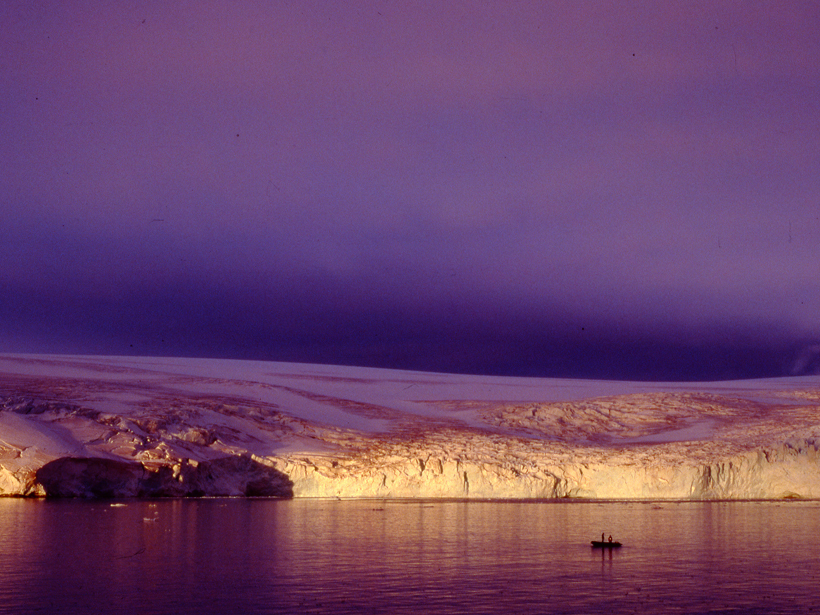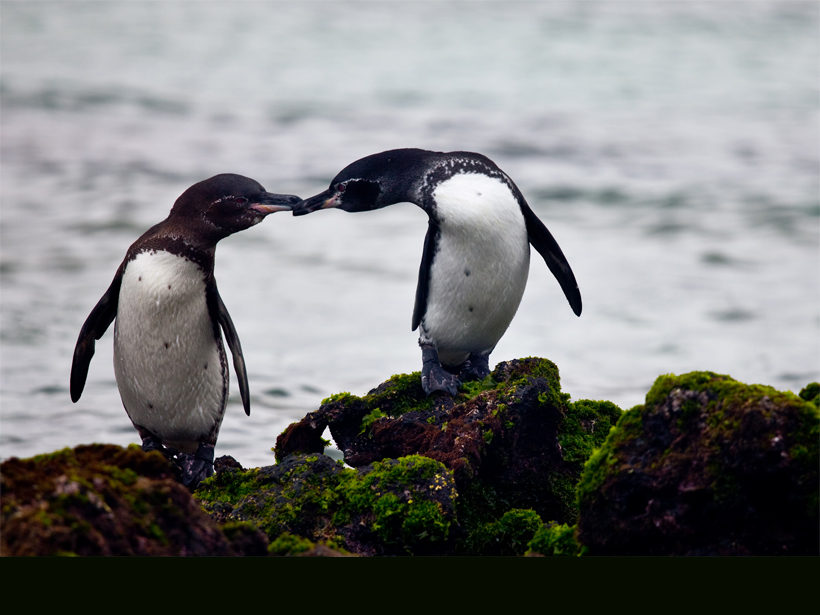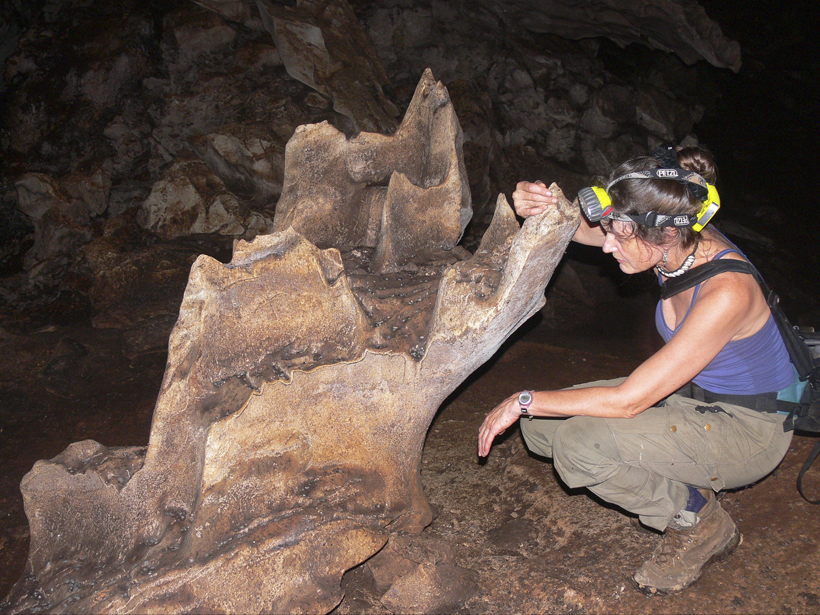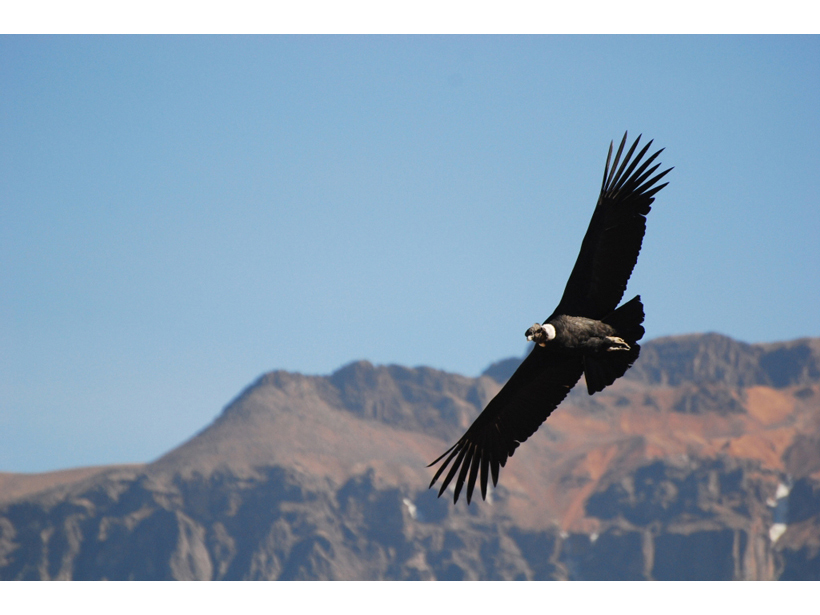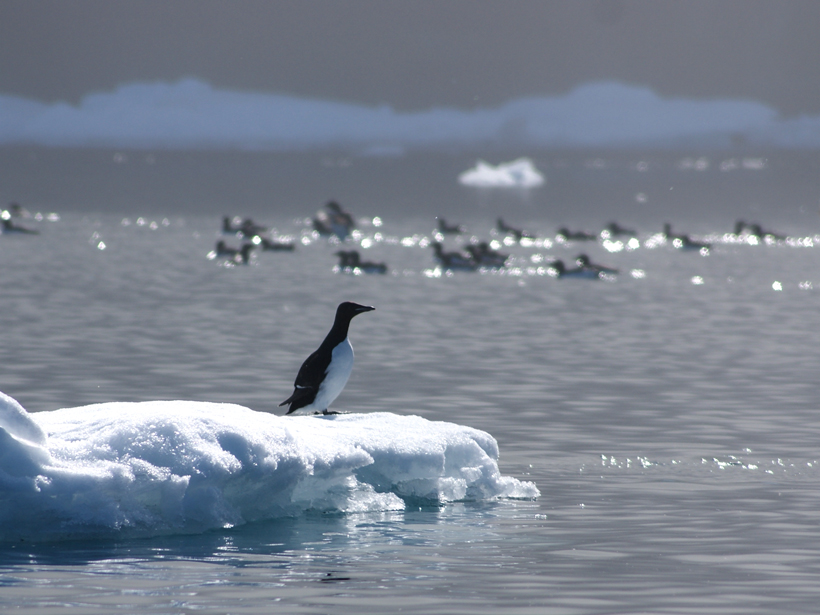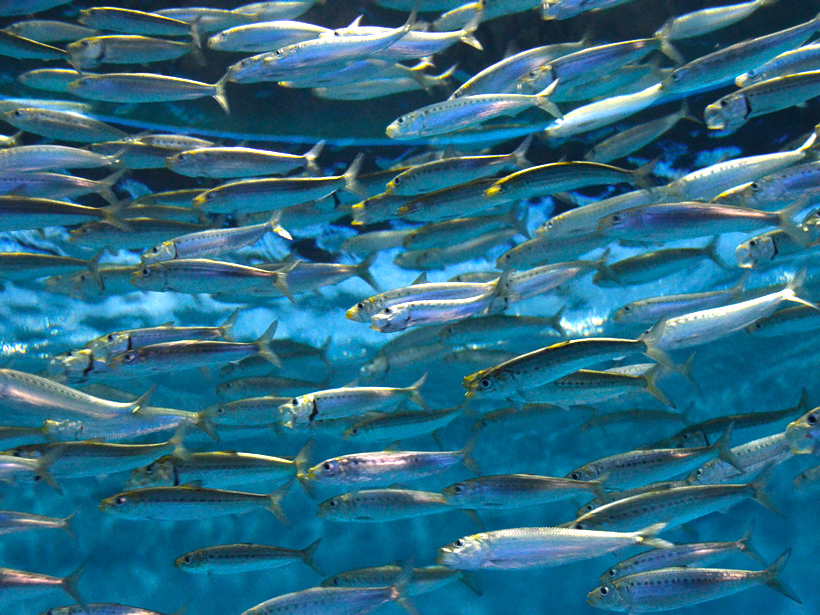Detailed laser imaging of vegetation and landforms where animals live and roam offers revealing new perspectives on interactions between those creatures and their surroundings.
animals
Oil Dispersants Deadly to a Common Estuary Species
Research on two dispersants used to break up spilled oil suggests that the chemicals can kill or harm a widely–found shrimp important to estuary habitats. The toxicity increases in less salty water.
Antarctic Sediment Plume Disrupts Deep-Water Community
Increased sedimentation from a melting glacier inhibits filter feeders in an Antarctic fjord.
Cooling Galápagos Sea Surface Temperatures Affect Local Penguins
The Galápagos cold pool is expanding northward as a result of climate change, and local penguin populations are rising.
Ice Loss Benefits Adélie Penguins—For Now
New research that may presage effects of climate change on this species looks back 22,000 years, finding robust growth in the East Antarctic population as melting followed the last ice age.
How Bat Breath and Guano Can Change the Shapes of Caves
Researchers working in caves in Borneo and elsewhere are finding evidence that biological processes shape many tropical caves by slowly eating away at surrounding rock.
Birds Ignore Volcano Blast, Puzzle Scientists
When a nearby volcano unexpectedly erupted in the midst of a behavioral study of Andean condors in Argentina, the researchers scrambled to observe disruption to condors' lives. Oddly, there was none.
Survey Shows Where Arctic Marine Bird Populations Thrive
"Hot spots" of species richness currently include the Bering Sea, Lancaster Sound, Baffin Bay, and Davis Strait. Will this change as sea ice melts?
Survival of Young Sardines Flushed Out to Open Ocean
Despite favorable conditions within eddies and streamers that form ideal habitats for larval sardines, the young fish may not survive when flushed into the open ocean.
Estuaries May Face Increased Parasitism as Sea Levels Rise
Researchers document how past sea levels changes affected invertebrate health in coastal environments.



